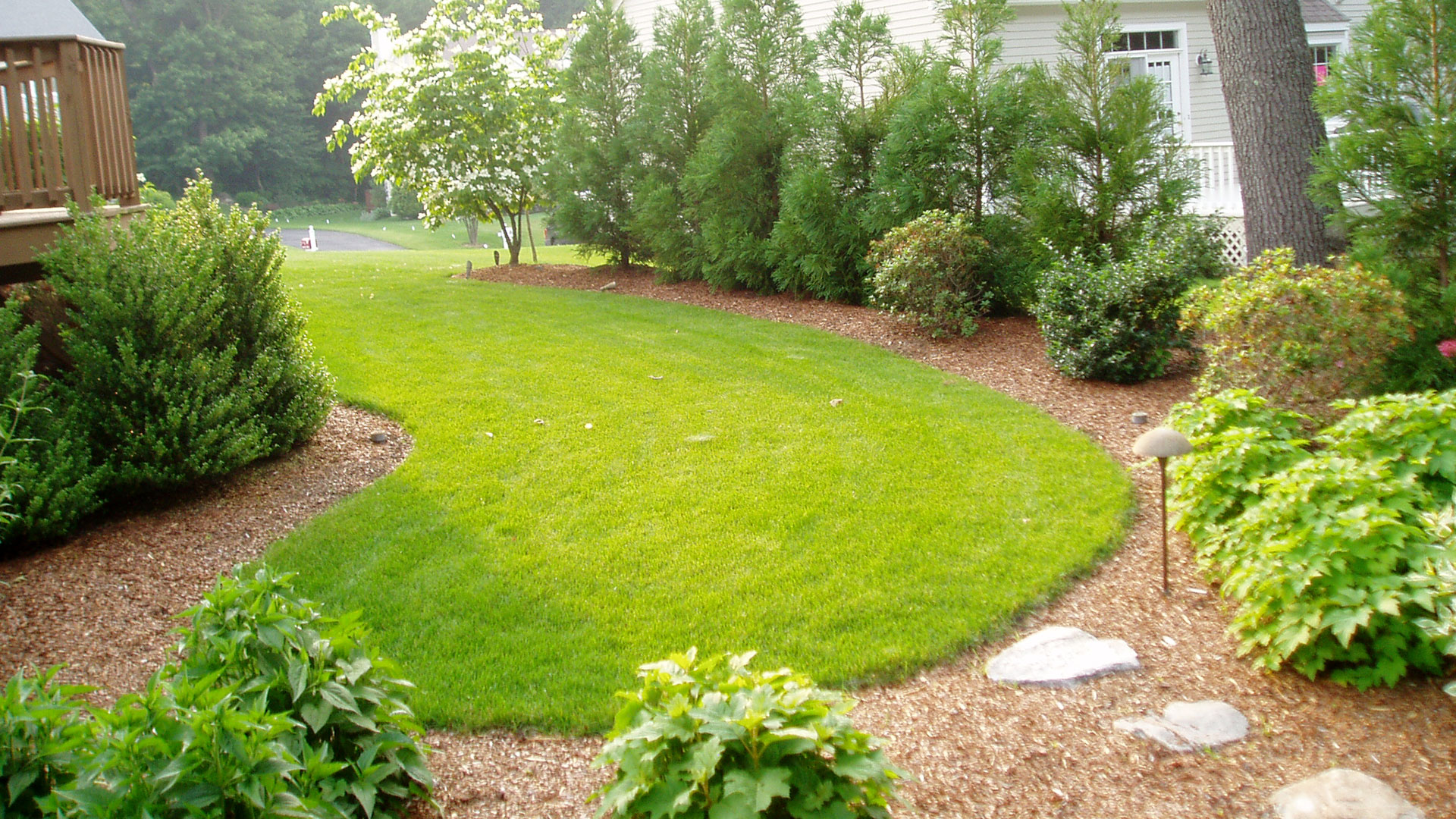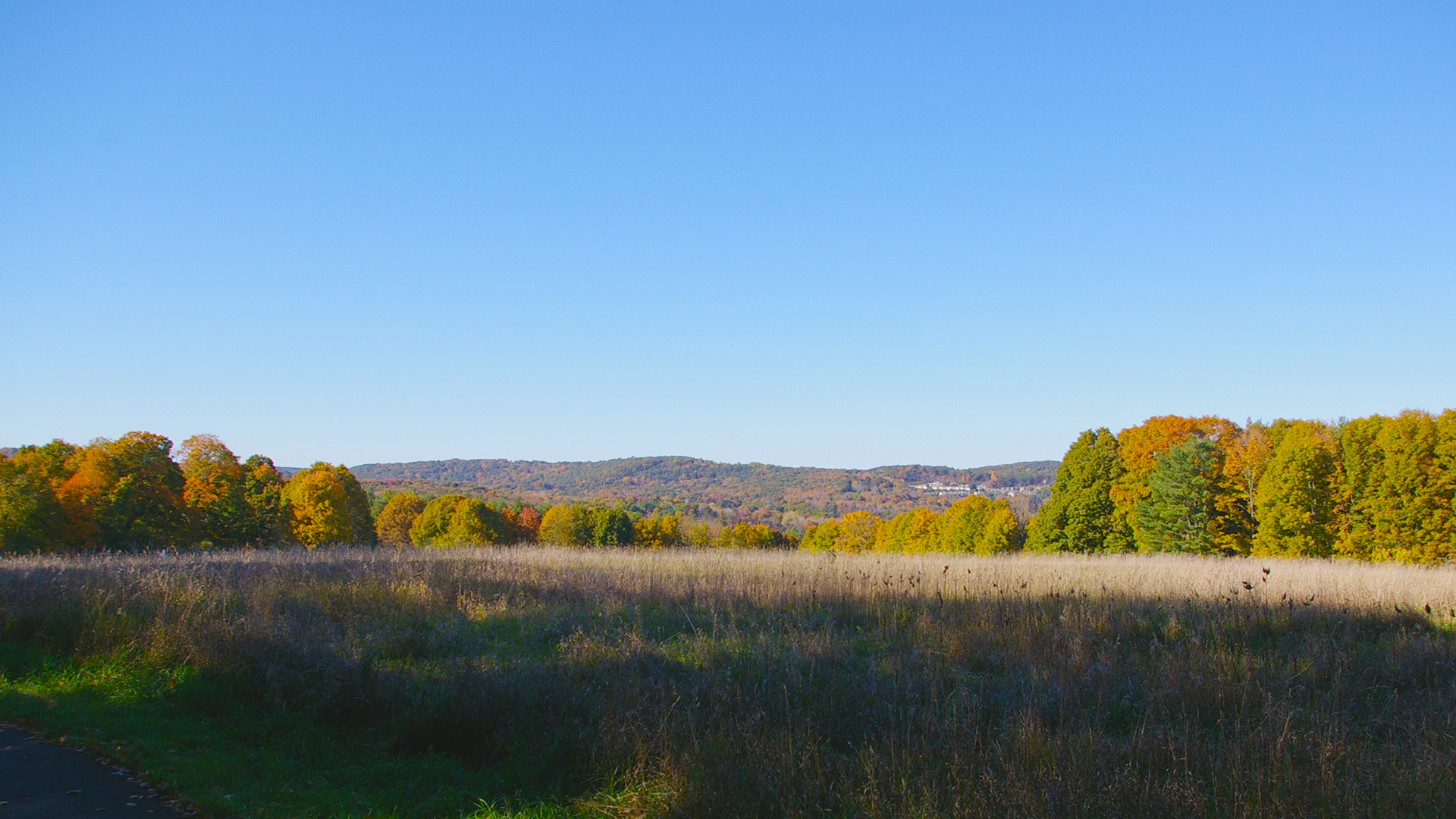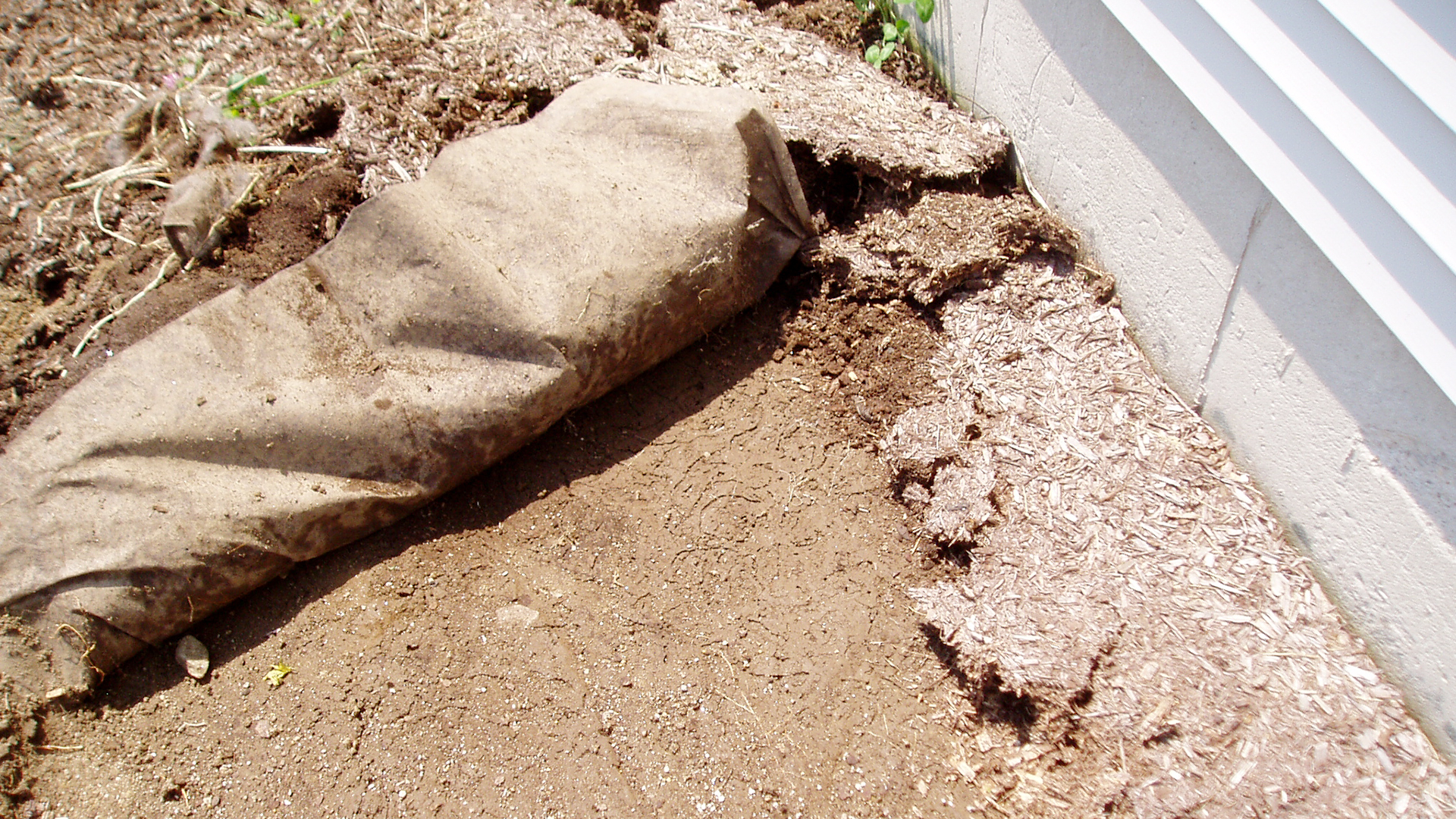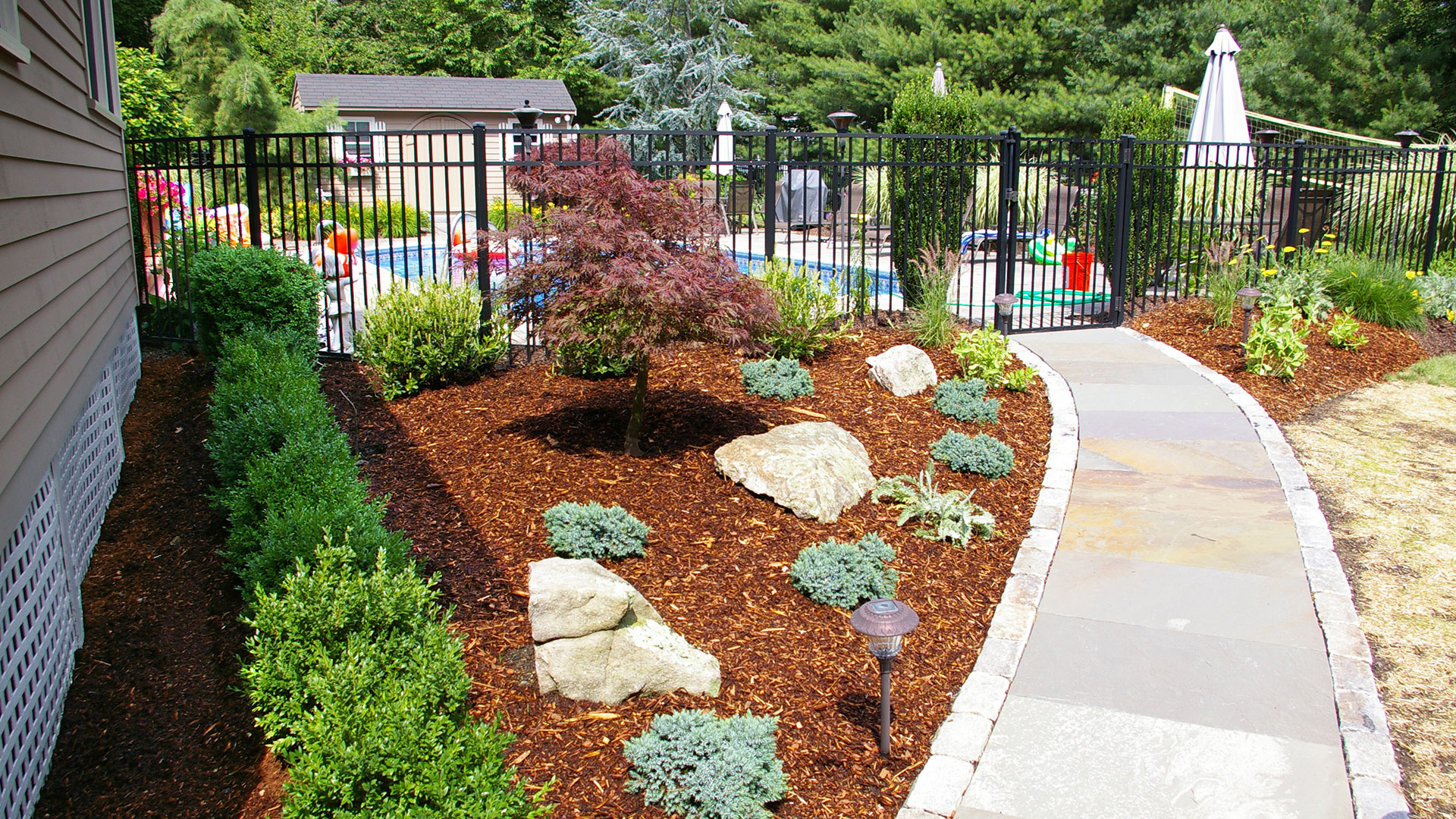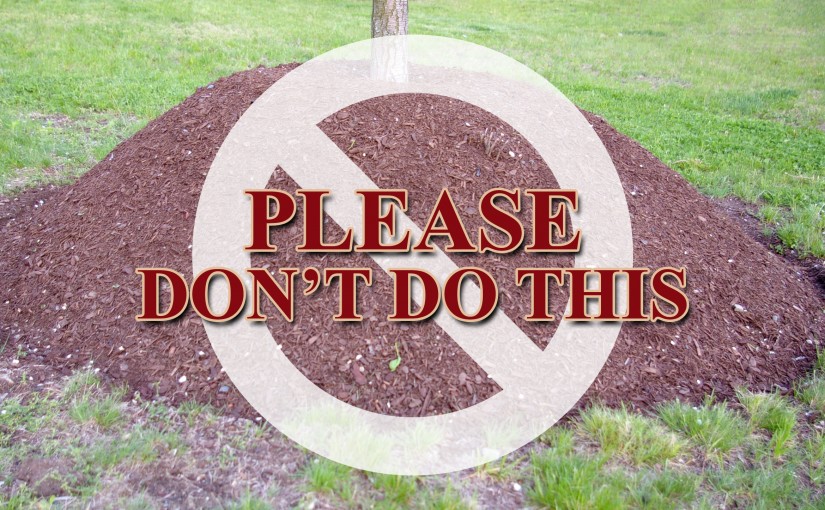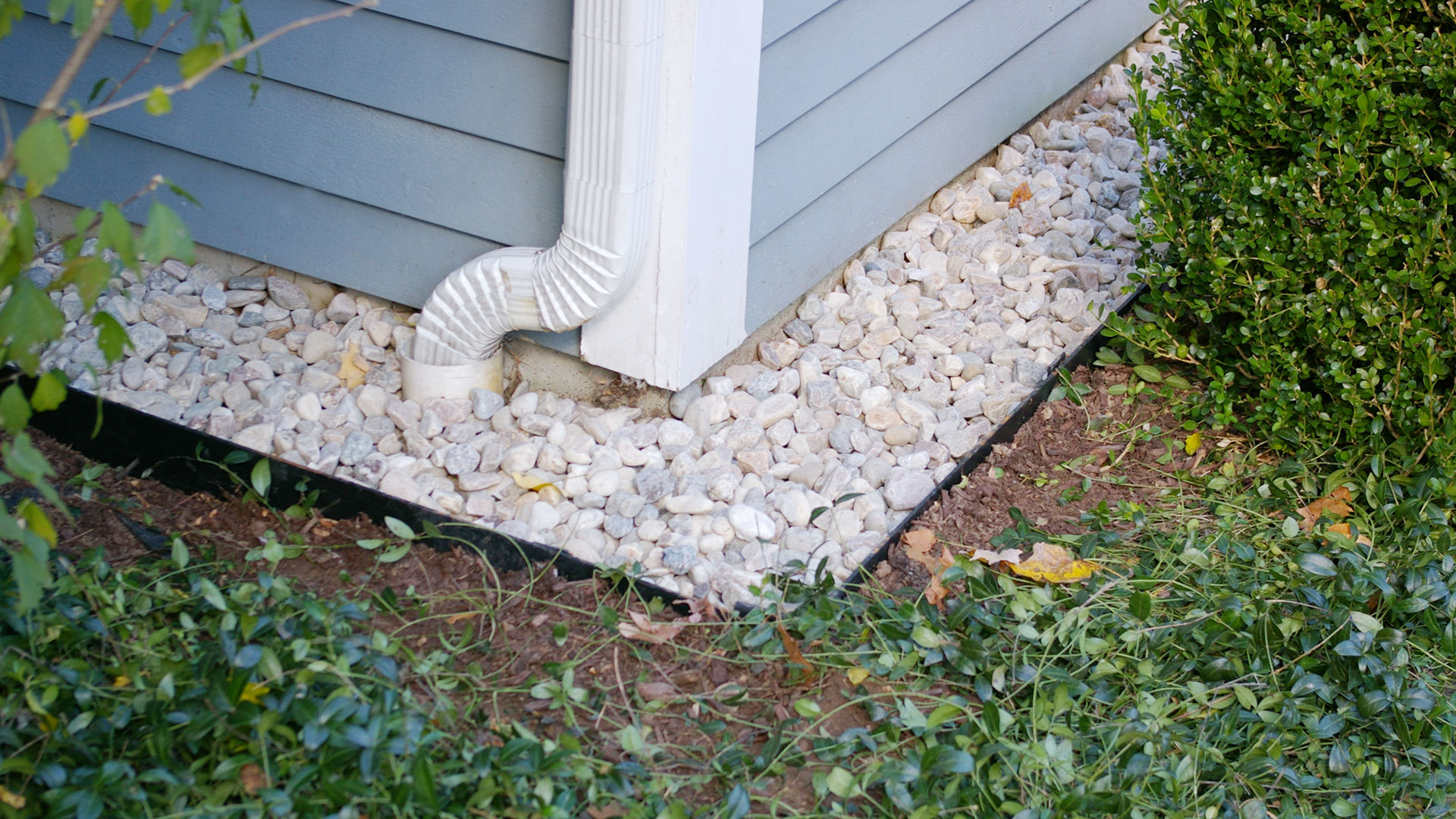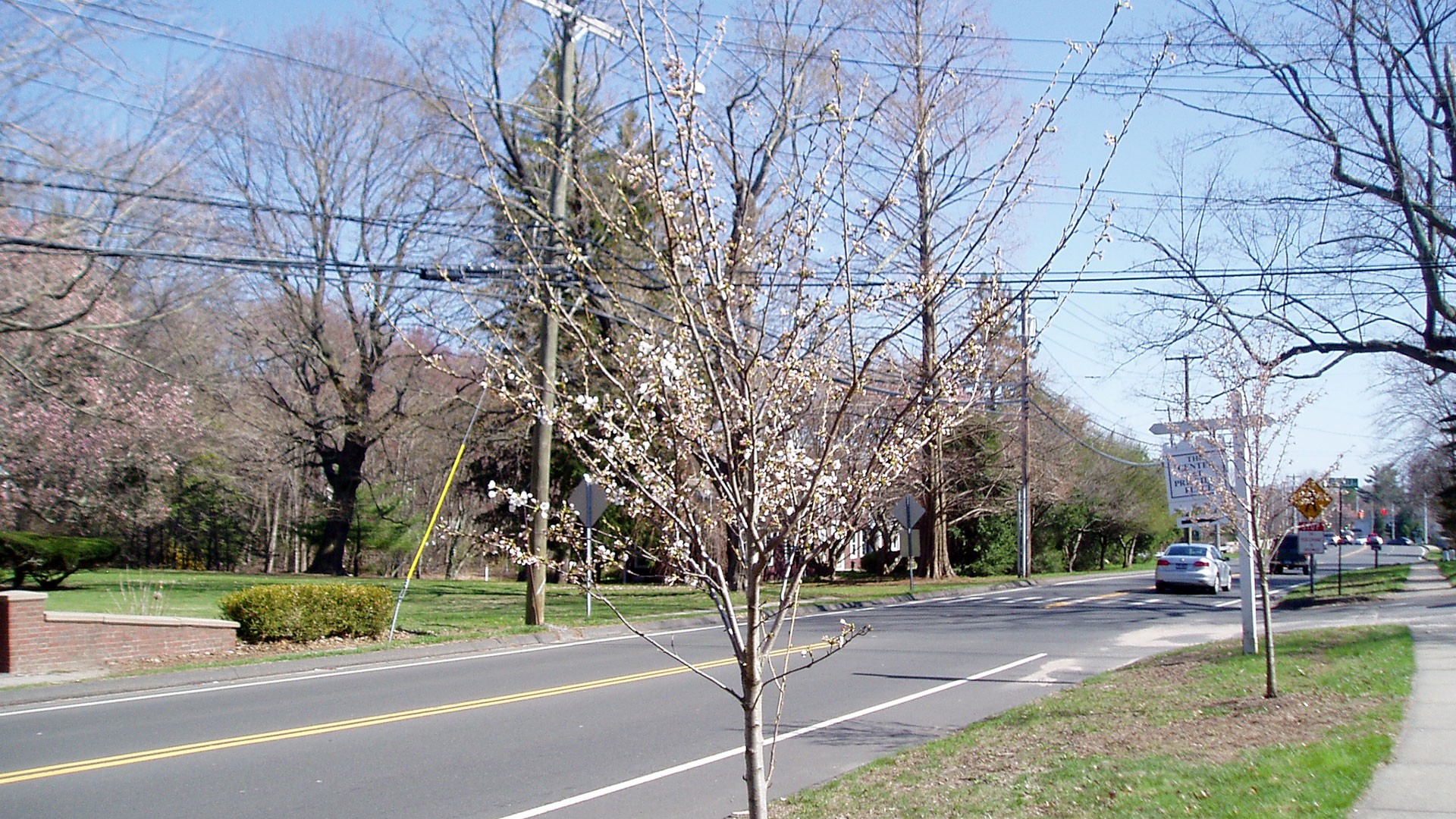Our home needs a new roof. Badly. For a couple of years.
A month ago my wife, Karyn, started the process of hiring a roofer. Karyn asked me who to call. I mentioned a large roofing company and an acquaintance who started his career in roofing and now works in all aspects of carpentry.
Karyn asked for recommendations on Facebook and compiled a list of 5 roofers to call.
Karyn called all the companies and scheduled four appointments. One company never returned her call.
Of the four companies who gave us a quote we narrowed the list down to three companies. It’s a difficult decision considering the investment and what’s at stake if a leak develops.
I’m sure my client’s feel the same when deciding whether to hire me or not.
Two of the companies had a dedicated salesperson. The salesmen visited and did a cursory examination of the roof, took some quick measurements and quoted a price in under an hour.
Next, they presented a canned sales presentation describing their roofing process and explaining the warranty on the bottom of the proposal.
The warranty was nice to see. It gave me piece of mind that they would stand behind their work.

I had a couple canned questions ready.
“Do you hire subcontractors?”
Some companies bid jobs and then hire a subcontractor to do the work. This can work out well if you have the right match. Unfortunately, some subcontractors goal is to complete a job as quickly as possible and get to the next. Speed becomes more important than quality.
“Will I ever see you again?”
I’m old school on this one. I want a single contact person through the process. I don’t want a polished salesperson to turn into a gruff foreman when the job begins.
What happens if lines of communication fail between the salesperson and the foreman? Details discussed during the sales process could be missing on the Forman’s paperwork.
So who did we hire for our roofing job?
The only contractor who climbed on the roof. The only contractor who looked at my chimney and mentioned I need a new cap. The only contractor who went in my attic to see what type sheathing the roof had.
The only craftsman.
We hired the general carpenter who started in roofing. I’ll see him on the roof doing the work. I’ll see him installing copper flashing because he doesn’t bother with the cheap alternatives.
Only time will tell if I made the right decision.
I can’t wait to see the new roof!

